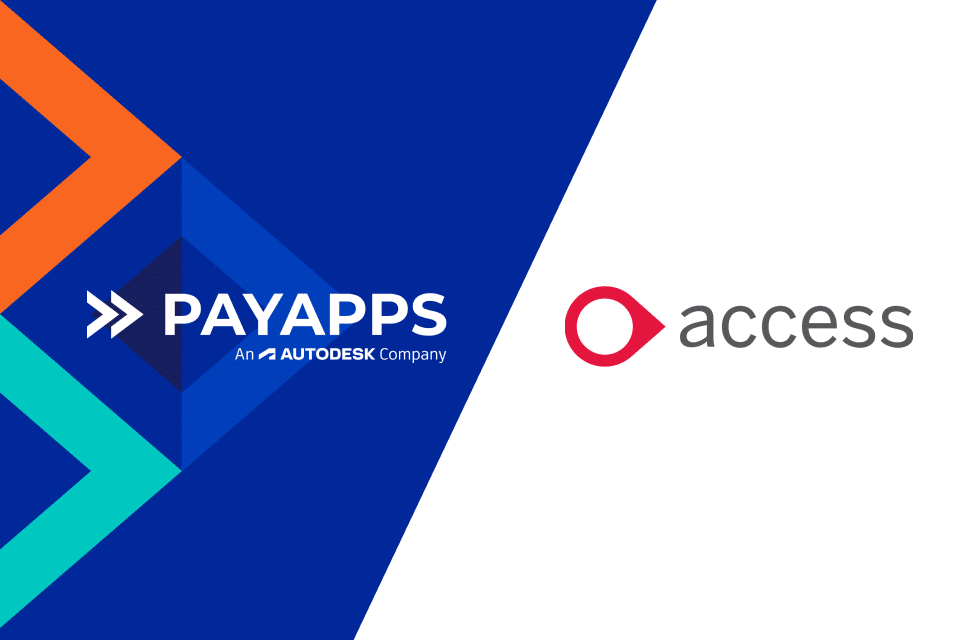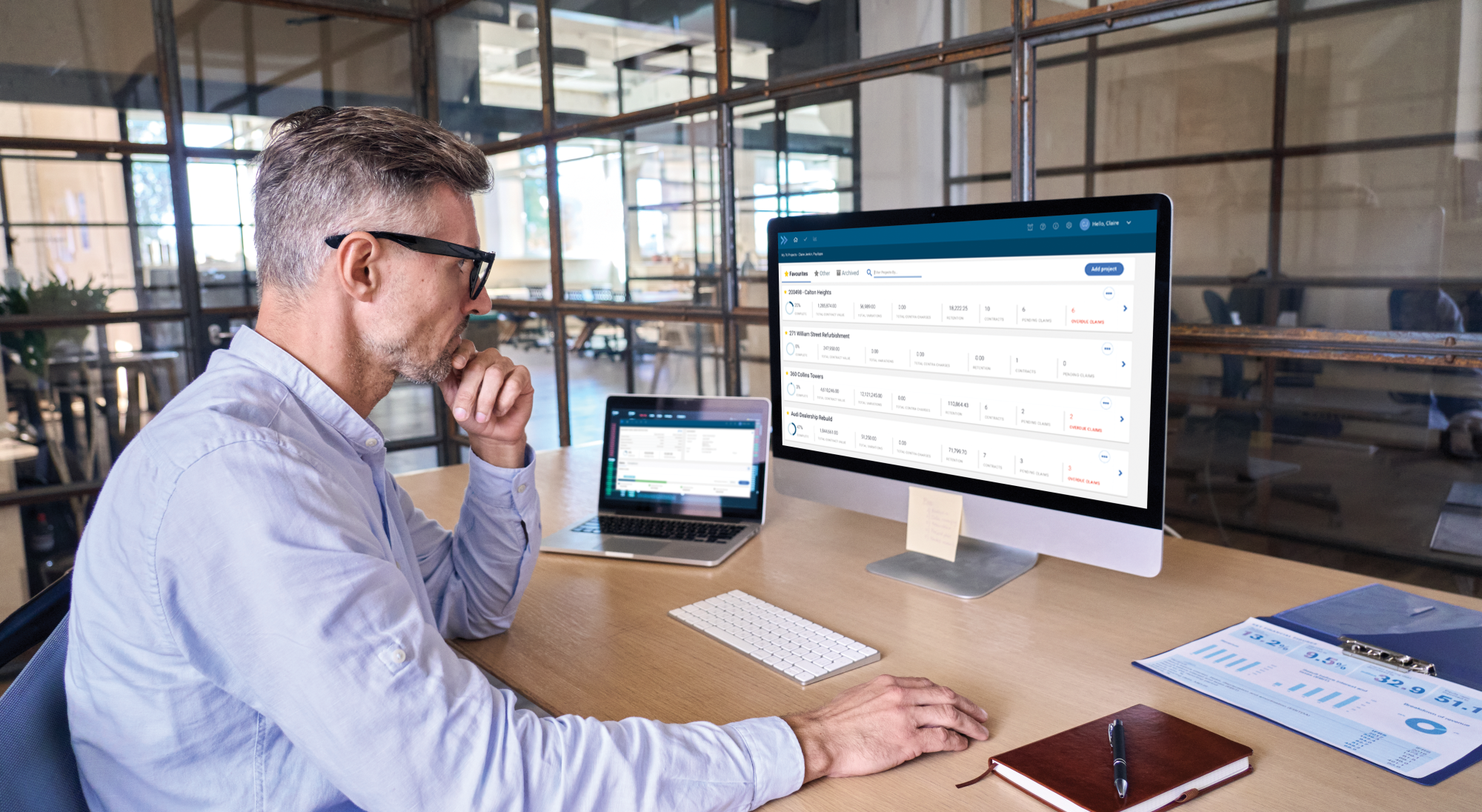In this blog, we cover the following questions:
- What are the main two types of payment documents in construction?
- What is a construction Application for Payment?
- What is a construction Invoice?
- What is the difference between a construction Invoice and Application for Payment?
- How does a construction Application for Payment work
- When should construction Applications for Payment be used?
- How do I manage construction Applications for Payment?
In the construction industry, there are two types of payment documents that can cause some confusion for those who are not familiar with the industry: ‘Applications for Payment’ and ‘Invoices’.
Although they may appear to serve a similar purpose, they are used in different situations and have different implications. We explain the differences between Applications for Payment and Invoices in the UK construction industry and why they both play an important role in construction projects.
Application for payment vs invoice
First, let’s define what these documents are. An Invoice is a document that a supplier or subcontractor sends to the contractor or main contractor to request payment for goods or services that have been provided.
The invoice includes a detailed description of the goods or services provided, the quantity, the agreed price, and the total amount due.
An Application for Payment is a document that a contractor or subcontractor sends to the client or main contractor to request payment for work that has been completed. The Application for Payment includes a detailed breakdown of the work done, the percentage of work completed, and the amount that is due to be paid.
Whilst that may still sound similar, by exploring the situations where each is used, the difference between them becomes clearer.
Difference between invoice and application for payment
Invoicing is typically used for one-off purchases or services, such as buying construction materials, architect’s fees or hiring a subcontractor for a specific task. For example, if a subcontractor is hired to diamond drill an agreed number of holes, they would send an invoice to the main contractor for the agreed-upon amount. Invoicing is typically done once the work has been completed, and payment is due upon receipt of the invoice.
Applications for Payment are used in construction projects where work is ongoing, and payments are made in stages (also called interim payments). For example, if a contractor is building a new school, they may hire a subcontractor to handle the electrical works for the building. The subcontractor would be responsible for installing the electrical wiring, sockets, and fixtures throughout the building, as well as ensuring that the electrical systems are safe and to the current standards.
Throughout the construction project, the subcontractor would submit Applications for Payment to the main contractor, detailing the work that has been completed and the amount due for that work. For example, after the electrical wiring for the first floor of the building is complete, another after completion of the second fix electrical work, and so on.
Alternatively, Applications for Payment may be submitted at regular intervals – such as on a monthly basis – to enable the subcontractor to pay his staff’s wages. Each Application for Payment will show the percentage of work completed and the amount that is due to be paid. Typically, it will
contain detailed information about the works undertaken and provide evidence of this to substantiate the value claimed in the application.
The contractor is then required to issue a Payment Notice or a Pay Less Notice in response to the Application for Payment, setting out the amount due or any deductions that will be made from the payment based on their valuation of the works.
This process ensures that the subcontractor is paid for the work they have done, and that the contractor can track the progress of the project and ensure that they are paying for work that has been completed.
It is important to note that Applications for Payment are also a legal requirement for some contracts, particularly for longer projects. The UK Construction Act requires that interim payments must be used if the contract duration is longer than 45 days.
There are also key differences between Applications for Payment and invoices with respect to VAT liability and the payment process timeline – our in-depth guide to Applications for Payment has more detail.
Why use construction payment applications and invoices?
The obvious question is why both of these documents are needed, instead of just one or the other. Yet both Applications for Payment and invoices play an important role in construction projects.
Invoicing is still essential because it allows subcontractors and suppliers to get paid for the goods and services they provide with agreed rates and prices for one-off purchases or for professional services that do not need a detailed task-level breakdown of the work completed.
An Application for Payment is a more detailed document that allows for greater complexity and interaction between parties. Not only does this help with tracking progress, it also provides a clear record of the work that has been completed and the payments that have been made. This record is important if there is a dispute about payment or work completed, as it provides details of what work was done and when.
Managing construction payment applications and subcontractor invoices efficiently
Managing Applications for Payment and Invoices can be a time-consuming process, especially for larger construction projects. However, with the help of specialist software, this process can become more manageable, providing benefits for both contractors and subcontractors.
The Payapps platform, for example, streamlines the management of these documents, enabling subcontractors to submit and manage their own invoices and Applications for Payment. It provides a standardised submission and payment process, enabling contractors to control and specify the information they need to ensure smooth subcontractor invoice and application processing. Subcontractors also gain visibility of how their payment is progressing, allowing for better communication on payment between the parties. Together, this makes it easier to manage subcontractor payments efficiently and avoid any unnecessary chasing and disputes.
Navigating construction payment processes
Applications for Payment and Invoices may seem similar, but they serve different purposes in the construction industry. Invoicing is used for one-off purchases or services, while Applications for Payment are used for ongoing and more complex construction projects. Both documents play an important role in construction projects. By understanding these differences, contractors and subcontractors can ensure that construction projects run smoothly, and payments are made in the correct format, accurately and on time.
You can find out more about Payapps’ subcontractor application management platform here.





